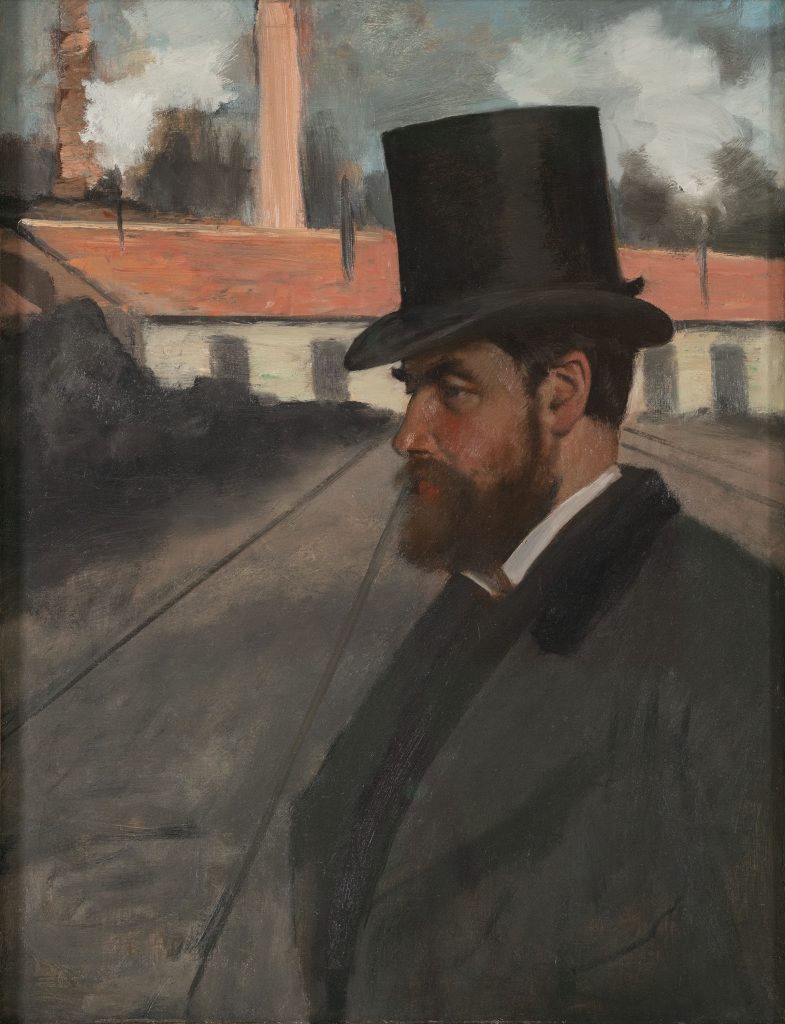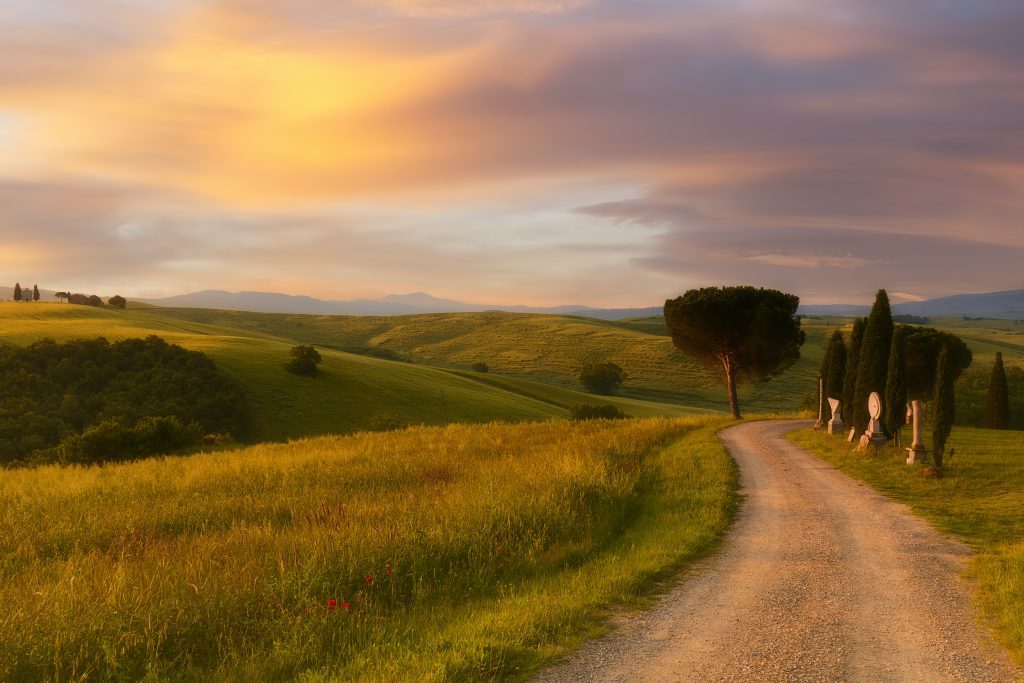Nowadays, it’s easy to take high-quality photos. Most digital cameras, from point-and-shoot to professional DSLRs, provide automatic features that adjust camera settings and focus for you. However, no camera can create interesting and appealing compositions in your place. And photographic composition is challenging and requires a lot of time and patience.
But if you learn the basic tools, such as the rules of composition, managing space, and working with leading lines, you’ll have a solid foundation on which to experiment with your artistic vision. A vanishing point in photography is one of those basic tools any photographer needs to master.
What Is a Vanishing Point?
Photography, like painting, captures reality as viewed by the human eye. Therefore, when you change the position and angle of the camera, you change the perspective, and the viewer will see the scene differently. A vanishing point describes how the human eye perceives two long parallel lines as converging. Sometimes, you actually see the intersection point (aka the vanishing point). Other times, it isn’t in your field of view, but the lines will meet sooner or later.
How to Find a Vanishing Point
The most common example of a vanishing point is a road. It has two long parallel sides that never meet in reality. However, when looking at a road, we perceive its sides as converging lines. And whether it is at a turn or the horizon, in our eyes, they meet. We have the same perspective when looking at a river, a tall tree, or a skyscraper.

Photo by Diego Jimenez on Unsplash
So, to find a vanishing point, you need two long parallel lines. They usually are two sides of an object, such as the sides of a road, river, building, or electrical pole. However, shorter parallel lines can create a vanishing point, too. All you have to do is place the camera very close to its starting point.
5 Reasons to Use Vanishing Points in Your Photography
Vanishing points not only create a realistic perspective but add depth and give the impression of a 3D space. They help the viewer perceive the distance between foreground and background and emerge into the scenery. So, the first reason for using vanishing points is to provide a realistic 3D perspective for landscape and cityscape photography.
The second reason is to make a focal point more visible. The lines leading to a vanishing point are leading lines in the frame. They guide the viewer through the frame and emphasize essential elements. The vanishing point is a part of the frame that the viewer will most likely see. Placing the subject next to a vanishing point improves its chances of making a statement.

A Portrait of Henri Rouart by Edgar Degas, 1875
Vanishing points are mesmerizing. As a result, they are often used to create atmosphere and artistic effects. And although they can be anywhere in the frame, they are more potent in symmetric compositions and central positions for this particular purpose. So the third reason for using vanishing points is to create strong artful effects.

Photo by Ales Krivec on Unsplash
The fourth reason for using vanishing points is to create balance. You can use a vanishing point to balance a composition and guide the viewer toward secondary subjects. Or you can use more than one vanishing point to give importance to multiple subjects. Vanishing points change the relationships between elements and their weights in the frame.

Photo by Fabrizio Lunardi on Unsplash
Last but not least, vanishing points improve long-exposure compositions. They are fascinating elements that invite the viewer to reverie and meditation. Their effect is stronger in long exposures. The viewer slows down and spends more time with your photo, exploring each corner and revealing layer after layer of meaning.
Conclusion
A simple point at the end of two lines can create depth, balance, and structure. It can add value to your visual story, guide the viewer, and give meaning. A vanishing point is something we all have access to. However, it takes time to master the art of composition with vanishing points and understand how powerful it can be.
Cover Photo by Mar Bustos on Unsplash

